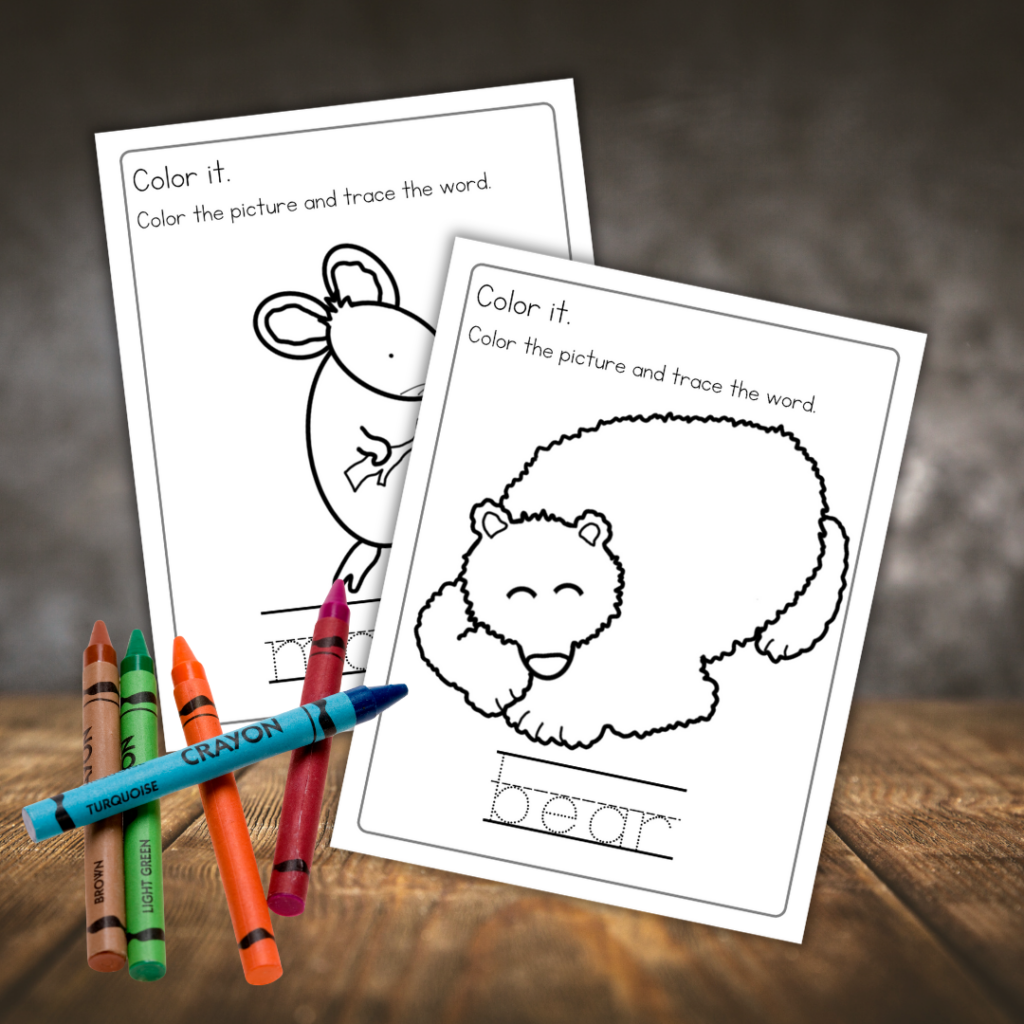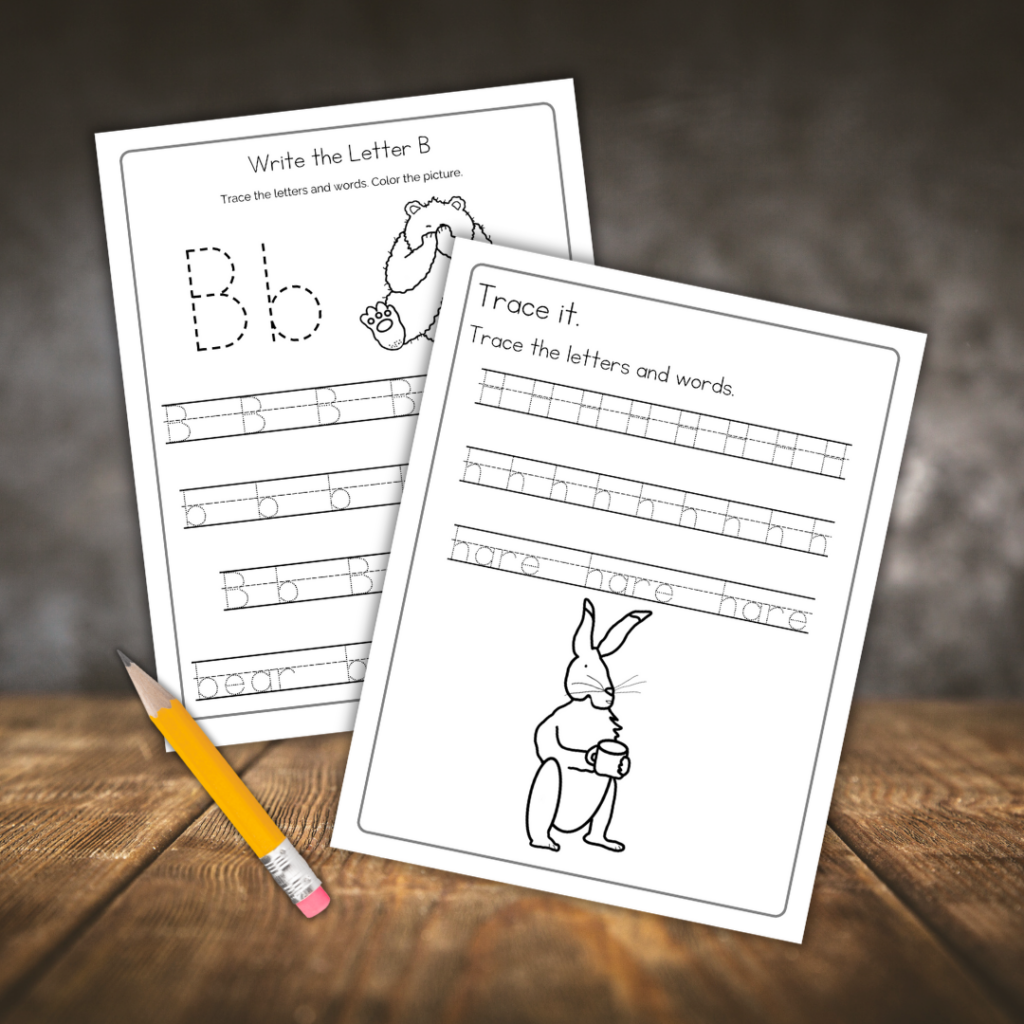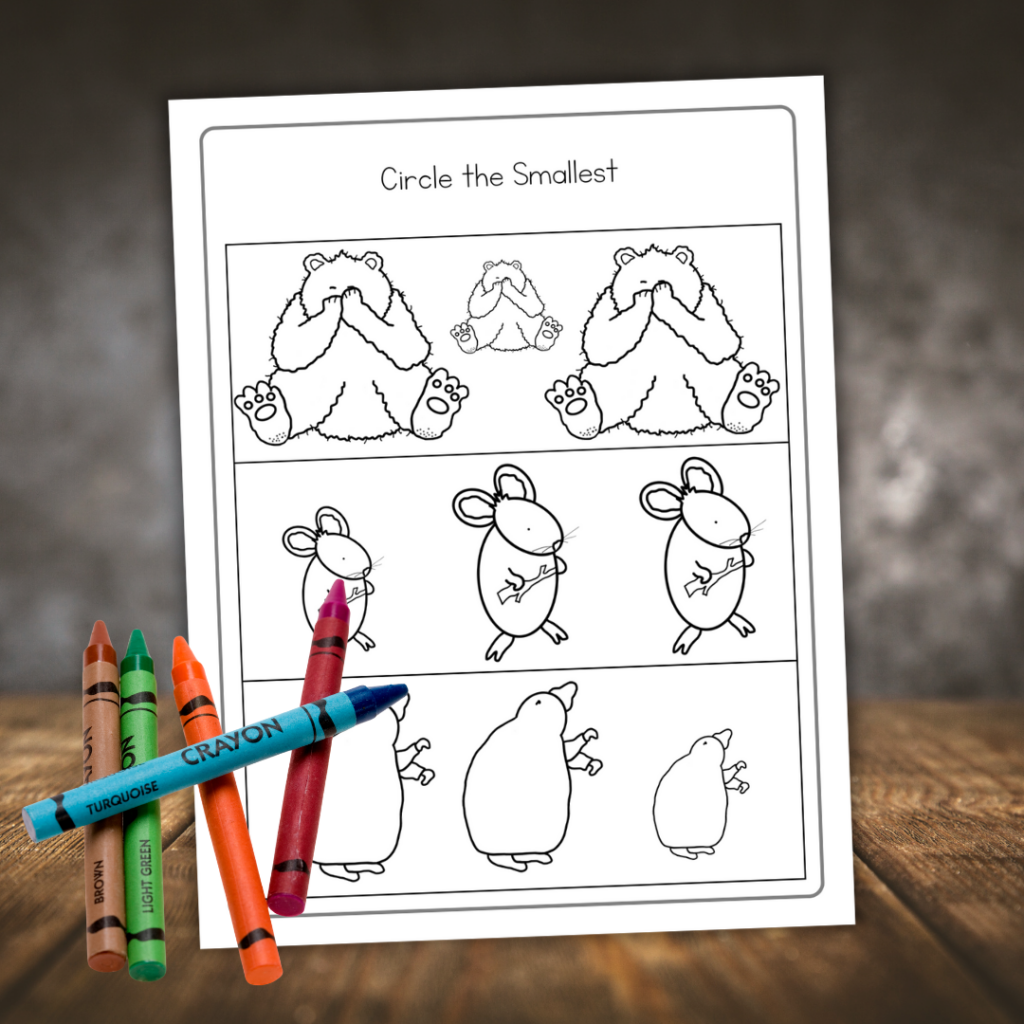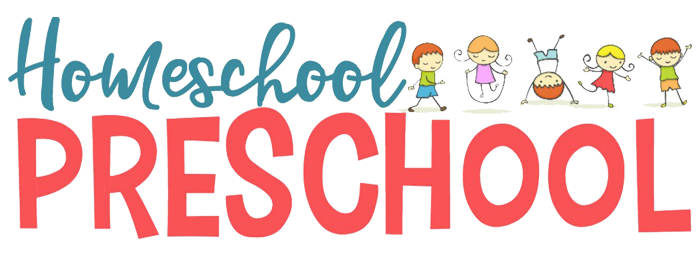Bear Snores On Activities
Bear Snores On activities are perfect for your winter lesson plans for preschoolers. This beloved children’s book by Karma Wilson beautifully captures the magic of hibernation and the power of friendship.
Through the heartwarming story, preschoolers will learn about the fascinating concept of animals hibernating during the winter months. Our free book-based activity pack is carefully designed to engage young minds and make learning even more enjoyable.
With a variety of creative and interactive ideas, you can easily incorporate these activities into your classroom or homeschool setting, sparking curiosity and fostering a love for reading and nature.

Printables present an excellent opportunity to captivate preschoolers with educational activities. They not only offer a framework for exploration but also serve as valuable discussion topics for both adults and students.
Free preschool printables are a valuable resource for introducing youngsters to fundamental skills and aiding in comprehension. Book companions provide an engaging platform to enhance reading strategies, vocabulary development, grammar, and basic writing skills.
What is Bear Snores On about?
Bear Snores On is a charming tale about a hibernating bear who snoozes through an entire winter while his cave becomes the hub of activity. Various woodland creatures, seeking refuge from the cold, find their way into Bear’s cozy den.
They hold a small party with feasting and merriment, all while Bear continues to sleep, oblivious of the lively happenings around him. But what happens when Bear wakes up and finds he’s missed out on all the fun?
This delightful story unfolds with rhythmic text and captivating illustrations, teaching children about friendship, sharing, and the cycle of seasons in the most enchanting way.
How do coloring pages help to improve a child’s motor skills and creativity?
Coloring pages play a pivotal role in enhancing a child’s motor skills and sparking creativity. As a child colors within the lines of a drawing, they are honing their fine motor skills, which are crucial for activities like writing and buttoning clothes.
Simultaneously, the act of selecting colors and deciding where to use them encourages a child’s creative thinking and color recognition. It provides them with a canvas to experiment, make choices, and express themselves, fostering their imaginative abilities and confidence.
Coloring Pages for Preschoolers
To further nurture your child’s creativity and motor skill development, check out some of our other coloring pages. These resources offer endless opportunities for your child to explore, imagine, and express themselves.
- Cute Penguin Coloring Pages
- Autumn Coloring Pages
- Dinosaur Coloring Pages
- Coloring Pages to Learn Colors
- Camping Coloring Pages

Which techniques or strategies work best for teaching preschoolers how to trace letters?
Tracing letters is a fundamental step in teaching preschoolers how to write. The best techniques often involve multi-sensory strategies that make learning fun and engaging.
Begin with large letters using finger tracing in the air, sand, or over-textured letters to build muscle memory. Gradually transition them to tracing on paper using markers or crayons.
Use dotted or dashed letters as a guide, and always start with uppercase letters as they are simpler to trace. Remember, practice and repetition are key, but always keep sessions short and playful to maintain their interest and motivation.
Letter Tracing Worksheets
Our letter tracing worksheets are designed with fun and interactive elements to make learning letters an enjoyable experience for your little one.
Each worksheet presents a different approach, ensuring your child remains engaged and motivated throughout their learning journey. Let’s dive in and explore these valuable resources!
- Free Letter Tracing Worksheets
- Alphabet Tracing Worksheets
- Alphabet Tracing Practice
- Alphabet Tracing Worksheet
- Word Tracing Worksheets

What age is a good time to start introducing concepts of size and comparison to preschoolers?
The concept of size comparison and understanding can be introduced as early as the preschool years, typically around the age of 3 or 4. At this age, children are naturally curious and start to observe and compare the world around them.
Introducing simple concepts such as “big” and “small” or “tall” and “short” through everyday activities and play can lay the groundwork for more complex mathematical concepts in the future.
Keep in mind that learning should be fun and interactive at this age, using tangible objects, games, and engaging visual aids to bring these concepts to life.
Toys for Teaching Sorting by Size
To help your preschoolers grasp the concept of size sorting, toys can play an instrumental role. In this section, we will explore some engaging and educational toys that can aid in teaching sorting by size.

What other books or activities can be paired with the Bear Snores On book companion?
Pairing the Bear Snores On book companion with other related books and activities can enhance learning and make it more fun for both teachers and students. Another book that would complement Bear Snores On is Over and Under the Snow by Kate Messner. This book explores life above and beneath the snow during winter, offering a perfect tie-in to the concept of hibernation introduced in Bear Snores On.
For activities, consider nature walks where students can look for animal tracks or signs of animals preparing for winter. This could be followed by an art activity where students create their own animal tracks with paint and sponges. Additionally, a sensory bin filled with faux fur, pinecones, and other winter-themed items can stimulate children’s tactile senses while connecting to the hibernation theme.
Interactive activities like our Bear Snores On sequencing cards can also be engaging and educational.
Remember, the goal is to make learning interactive, engaging, and above all, fun for the preschoolers.

In conclusion, supplementing your preschooler’s early education with these enjoyable and interactive activities can create a positive and lasting impact on their learning journey.
From engaging storybooks like Bear Snores On and Over and Under the Snow to hands-on activities and educational toys, there are ample resources at your disposal to make learning a fun-filled adventure.
Remember that at this tender age, your child learns best when activities are interactive and enjoyable. So let’s embrace the joy of learning and embark on this wonderful educational journey with our little ones.

the download is incorrect